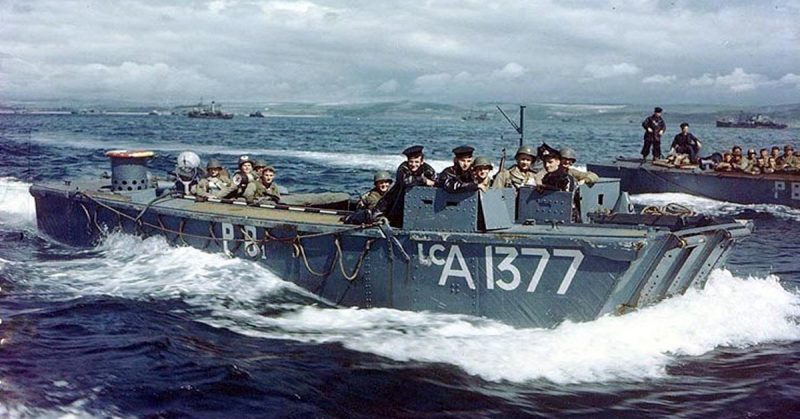“0530, accompanied invasion barges into shore under severe shelling attacks and with mines going up all around us. 0730, LCF-31 hit by shell 800 yards off shore, sinking immediately. While engaged in picking up survivors, a shell struck PC-1261, which disintegrated, scattering men and debris over a wide area. While so engaged, shells and bullets were falling nearby, and just after last man picked up, small landing craft only few hundred yards off shore blew up. Proceeded to spot and picked up all living survivors.” (CGC-16 Log.)
This is how June 6th, 1944, began for the crew of CGC-16. They were part of a group of US Coast Guard patrol boats assigned to the Invasion of Normandy during World War 2. On paper, their mission was simple: assist any allied ships in distress. In practice, though, it proved to be anything but.
The plan to have Coast Guardsmen rescuing ships in the invasion originated only a matter of weeks earlier. President Roosevelt requested that Admiral Ernest M. King, chief of naval operations, create a small group of rescue ships to help lower the casualty count at D-Day. Knowing the Coast Guard had the experience and ships necessary, King then contacted the Coast Guard Commander, Vice Admiral Russell R. Waesche.
Waesche selected the 83-foot cutters of the “Matchbox Fleet”, small wooden ships used for antisubmarine patrols off the coast. 60 of these small, lightly armored ships were sent over to England to prepare for the invasion.
From the very beginning of the action, it was clear nothing would go according to plan. Most of the cutters formed up with the rest of the fleet around 05:30 AM, often to a mixed reception. While some troop ships simply told these small craft to stay back out of the fire, HMS Hind almost fired on four of them.
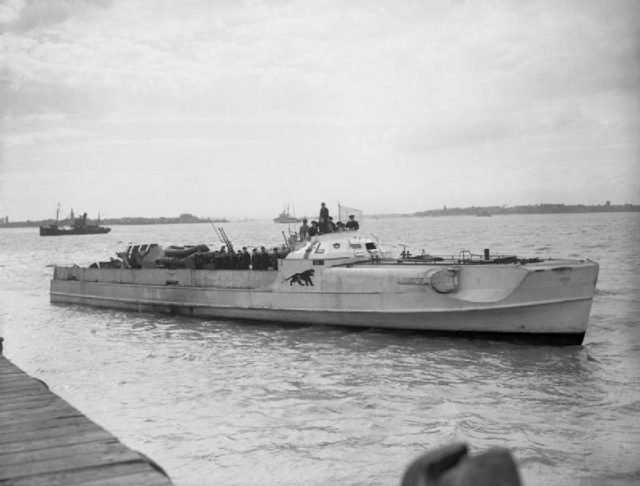
There was a constant fear of German torpedo boats hindering the invasion, and from a distance, the German and American vessels looked similar. Other vessels, though, understood the usefulness of the small ships and greeted them enthusiastically. And despite the early SNAFUs, these ships proved their worth during the battle. Out of the 60 ships, three especially distinguished themselves.
CGC-1 is a clear example of the kind of rescues these ships performed, and the dangers they faced. Attached to the Omaha Beach Assault Sector, CGC-1 joined the force at 06:00 AM on June 6th, just as the entire fleet began steaming towards the Nazi Atlantic Wall.
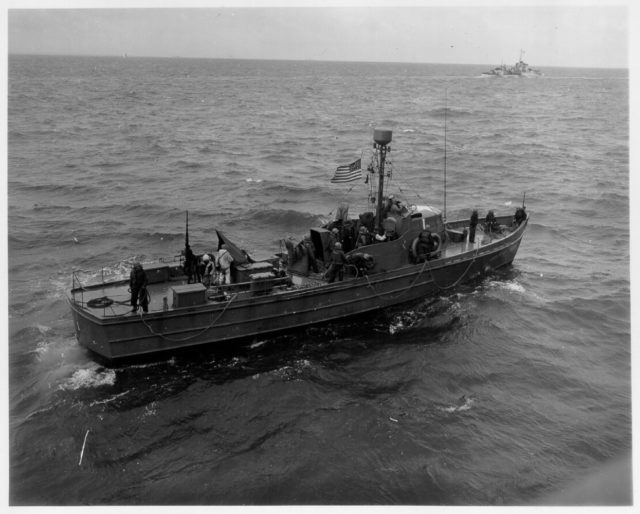
Its initial duty was to escort a group of LCVPs towards the beaches. But two miles off the shore they spotted a sinking British LCA. The cutter rushed to help, knowing that hypothermia could kill in minutes, rather than hours. The British soldiers and sailors were already feeling its effects and were too weak to climb up the side of the cutter.
Without a second thought, the Coast Guardsmen on board tied lines about their waists and jumped into the freezing water. They pulled and pushed the survivors up and on to the deck, saving 28 men in total. They then sped back to get them medical attention at a waiting hospital ship. But the freezing water wasn’t the only trouble these men faced.
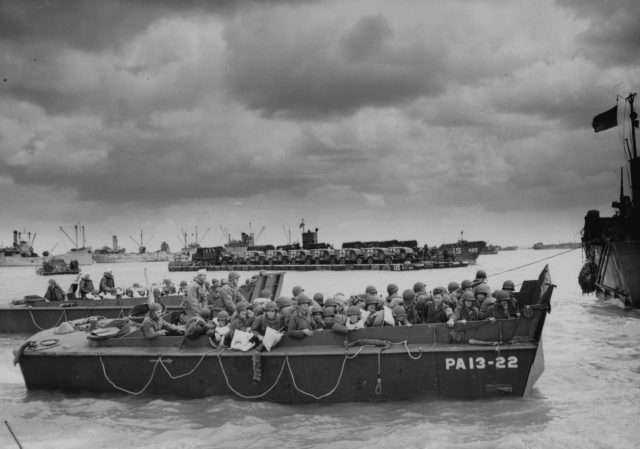
CGC-35 braved a burning sea to rescue a British crew. They had found a burning LCT, full of fuel, oil, and ammunition. The fuel had spilled out into the surrounding water, and immediately went up in flames. The crew was sitting on a floating bomb, trapped on all sides by flames licking up at the steel hull. Despite the amazing risk, the small, WOODEN, cutter drove into the flames, up to the side of the landing craft. To add to the danger, the cutters had fuel tanks amidships, full of high-grade gasoline.
But thanks to the Coast Guardsmen’s bravery, the British crew was able to exit their sinking vessel, and be taken back to the safety of a hospital ship. For their actions that day, the crew of CGC-35 was awarded the Distinguished Service Cross, by the British First Lord of the Admiralty. While every ship had a harrowing story that day, one truly stood above the rest.
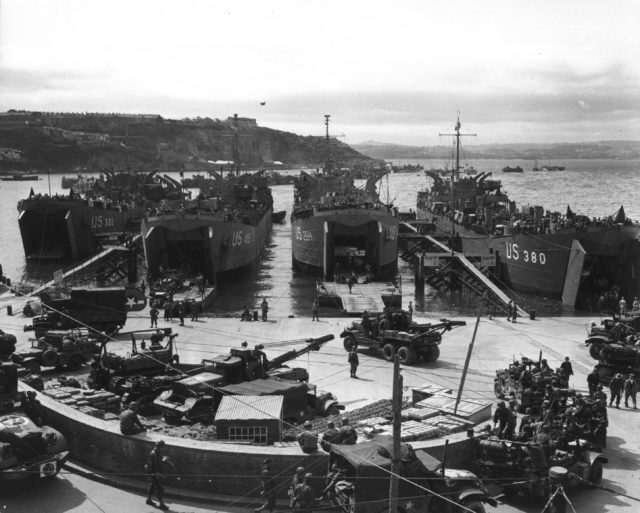
CGC-16, nicknamed “The Homing Pigeon”, was the most successful rescue ship on D-Day. Her operational day started at 05:30 AM on June 6th when she met with the rest of her convoy group. They immediately joined the invasion force, as the entire fleet sped towards the Normandy coast. CGC-16 was placed directly behind the landing craft of the Red Beach at the Omaha Sector. The Germans had placed mines, and underwater obstacles to slow the invasion, and these proved effective.
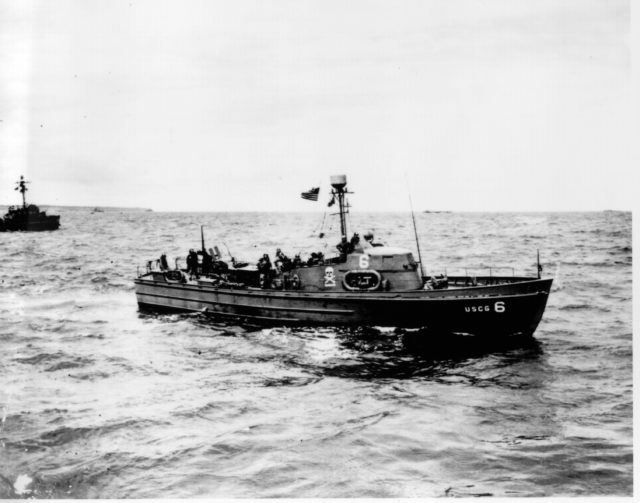
But while vessels had to worry what was below them, they were also being shelled by the German shore batteries ahead of them. One craft, LCF-31, an anti-aircraft boat was hit by a German shell at 07:30 AM, less than half a mile off the shore. CGC-16 immediately sped to her rescue. Once all men were off the LCF, a 173-foot patrol craft, PC-1261, was also hit. The small, 83-foot cutter picked all 90 survivors out of the water, then head off to a hospital ship.
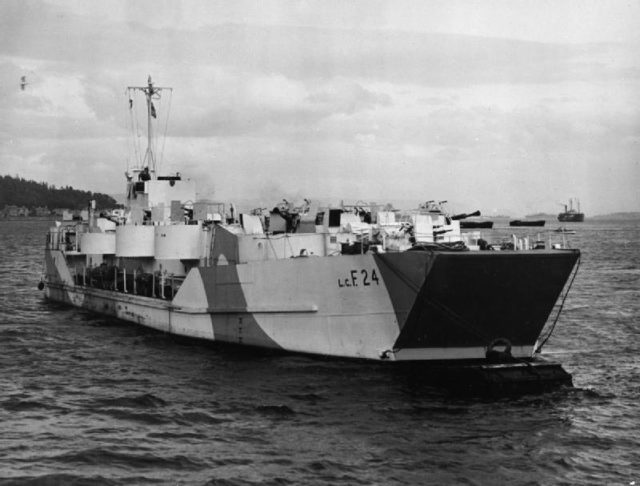
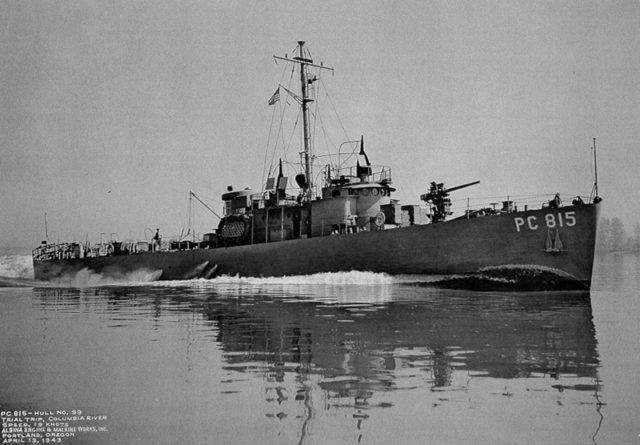
These cutters were never designed to hold more than about 20 wound personnel, in addition to their 13-15 man crew, but the often did so. In CGC-16, the men were crammed into every available space, with weapons and wet clothing piled around the gun mount on the bow and any wounded men unable to stand lying on the deck. From the engine room to the crew quarters, there wasn’t an inch of unused space.
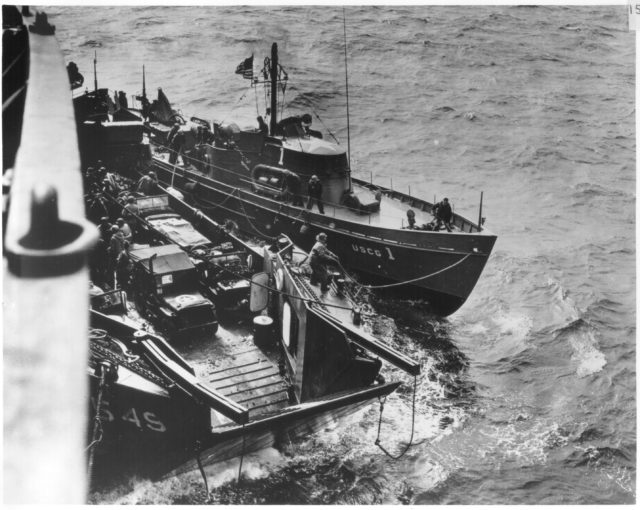
Once the cutter offloaded the 90 men, she sped out to find more. Finding an LCT, sinking and on fire, the Coast Guardsmen responded quickly. They knew that if the ammunition and fuel on board were to catch fire, nearly everyone present, including them, would be killed. They rescued all survivors they could find and began pulling away. But one survivor told them there was a man still on board, whose legs were badly injured. Coxswain Arthur Burkhard, Jr. tied a line around his waist and made his way towards the LCT. They knew it was only a matter of time before the fire reached the fuel and ammunition, but the small cutter remained next to the transport.
Burckhard found the wounded man and picked him up. He brought him to the ship’s rail, but at this point, the cutter had to back off, for fear of being crushed by the much larger ship. Burckhard ran out of options, and threw the wounded man off the side of the ship, diving in after him. They quickly got a line under the wounded man’s arms and hauled him aboard. Just as Burckhard and the last survivor were crawling back on the cutter, the transport finally capsized, and sank; they made it off just in the nick of time.
CGC-16 sped back to the hospital ships and offloaded her wounded. By the end of the day on June 6th, 1944, the 15 man crew of CGC-16 had saved 126 souls, more than any other ship present that day. For their bravery, the entire crew, which included a war correspondent, was awarded the Bronze Star.
By the end of operations on D-Day, Rescue Flotilla 1 had saved over 400 of the soldiers from the stormy sea. They were eventually disbanded in December 1944, after saving a grand total of 1,483 souls.
